Toshiba is introducing a new set of AR Glasses called the Toshiba dnyaEdge AR Smart Glasses. It’s Toshiba’s first Windows-based smart glasses, and Mark Simons, President of Toshiba America, is rather excited about the upcoming entry, comparing it to their first laptop invented more than 33 years ago.
The Toshiba dynaEdge obviously isn’t the first augmented reality headset, considering Google Glass, which was introduced a few years back. But it’s the first wearable Windows 10 PC to fit in a pair of glasses.
“For decades, Toshiba has been instrumental in streamlining the operations of businesses around the world through cutting-edge, mobile computing technologies,” said Carl Pinto, a vice president with Toshiba. “We believe that wearable PCs, combined with smart glasses, will take on-the-job productivity to a whole new dimension.”
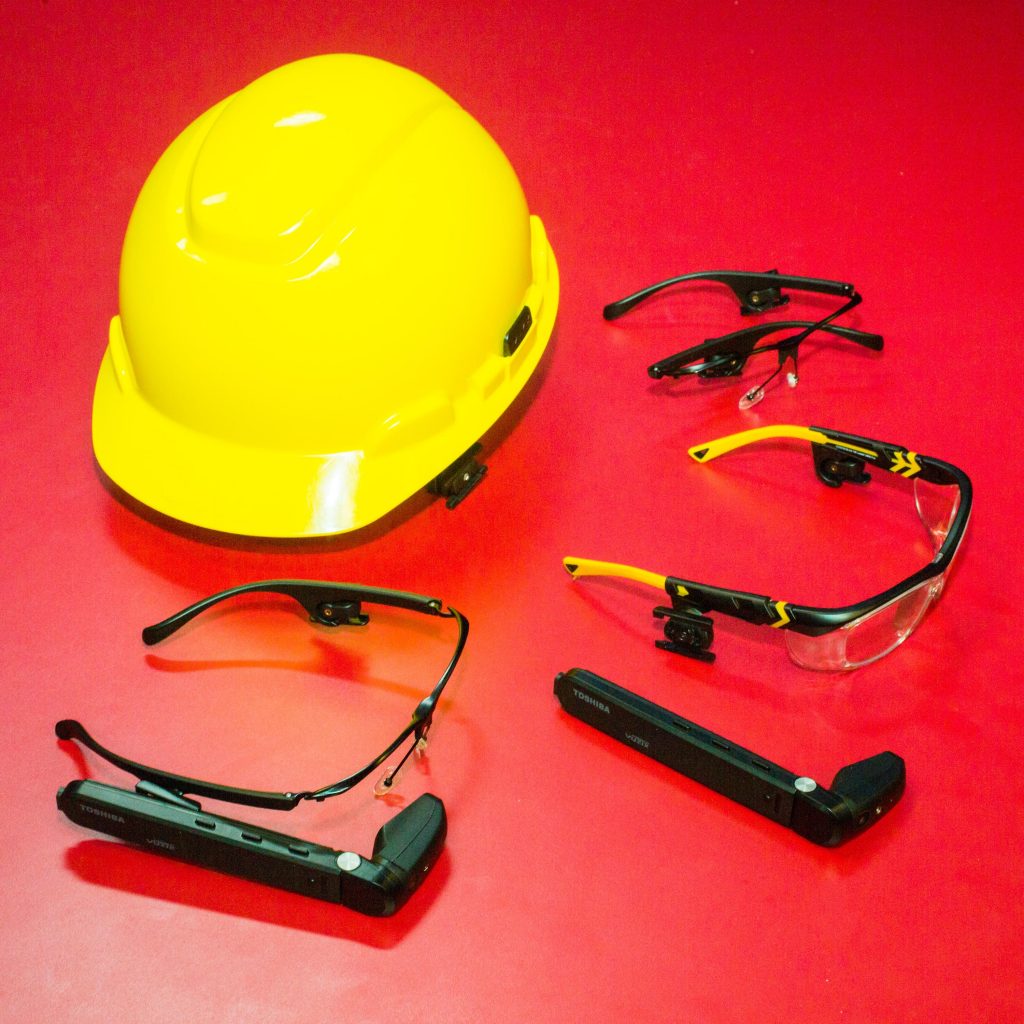
The dynaEdge combines a wearable PC around the size of a transistor radio with a head-mounted display screen. The wearable PC houses a full Windows 10 computer, including a 6th Gen Intel Core M processor, 16GB of RAM, a finger print reader, solid state storage and a removable battery. It connects to the wearable Toshiba AR100 Head Mounted Display, a 3-ounce device with a micro-screen. Thanks to an ingenious clip, it can be worn on either the left or right side of eyeglasses, protective eyewear, or anything else you’d strap over your face.
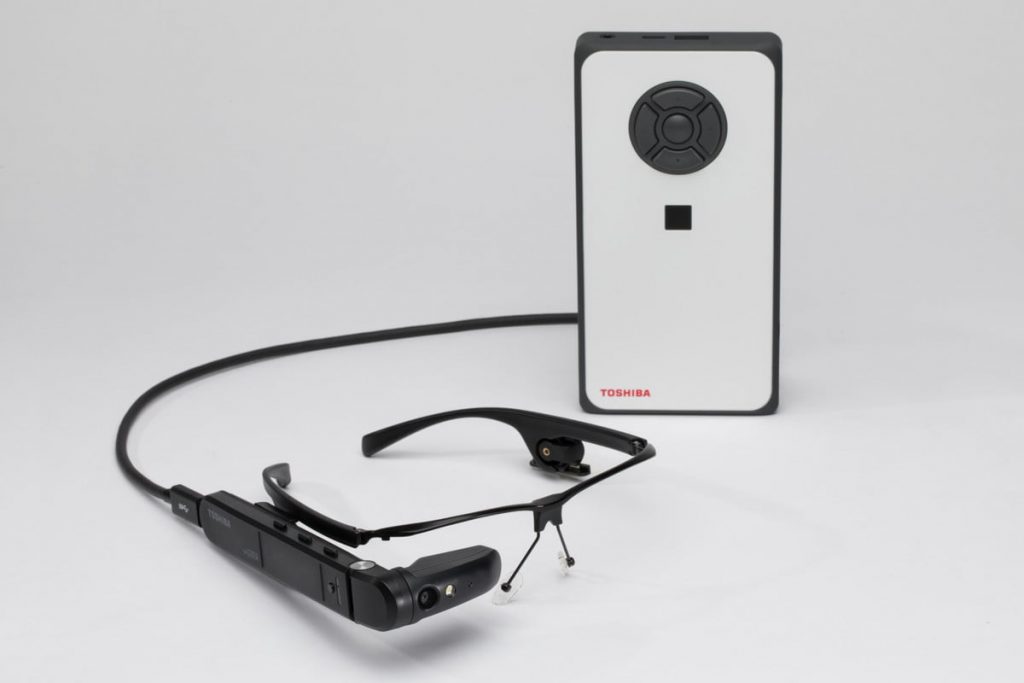
Toshiba designed the Toshiba dynaEdge to suit a smorgasbord of applications, from warehousing, to assembly lines, to assistive tech to field work. In short, anywhere someone needs a feed of information, and doesn’t want to carry around a binder of notes and instructions…the Toshiba dynaEdge is the ticket. And because it’s a full Windows 10 PC, it can stream video with a few simple clicks.
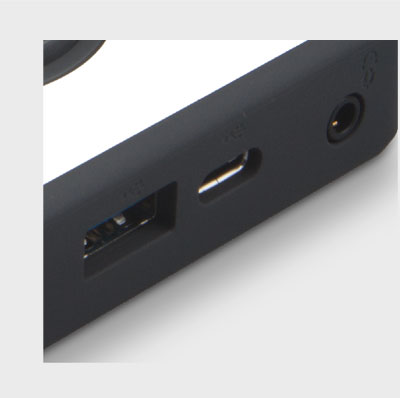
The arm on the Toshiba dynaEdge is segmented to allow for multiple adjustments and designed to stay put when positioned. The screen is very clear, and a speaker and microphone provide anyone to carry on conversations as easily as on a phone. The dynaEdge has swipe and tap functionality, but much of the navigation takes place on the belt-mounted PC. That component has a power button, navigation buttons, and more.
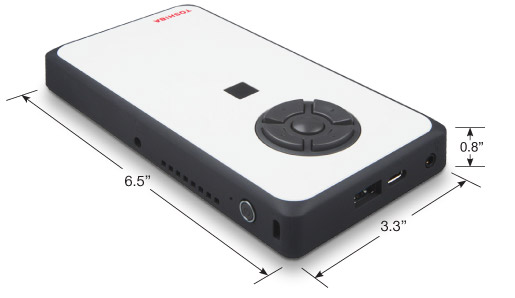
As mentioned, Toshiba isn’t the first company to go after the wearable, headmounted display market. Besides Google and the knockoffs from Chinese companies like AltoTech, which is pushing back into the Enterprise as of last fall, there’s Epson, which has been making Moverio augmented reality glasses for years. Its latest, the Moverio BT-300, isn’t something you’d wear around all day, but the design keeps improving and there’s clearly a market for it.
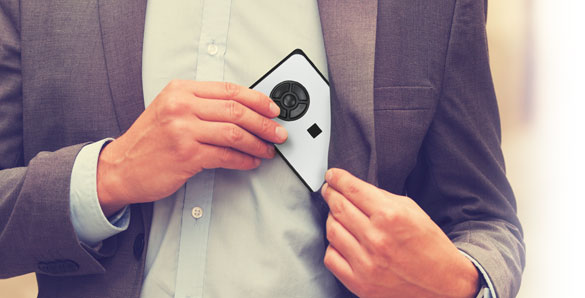
Why does Toshiba think it can succeed when other companies have stumbled? Simons says, “We waited to launch and we talked to companies about exactly what they wanted.” Toshiba expects to bring to market the dynaEdge in the last quarter of 2018.
Comment on this article and other GadgetGram content by visiting our Facebook page, or our Twitter and Instagram feeds.





